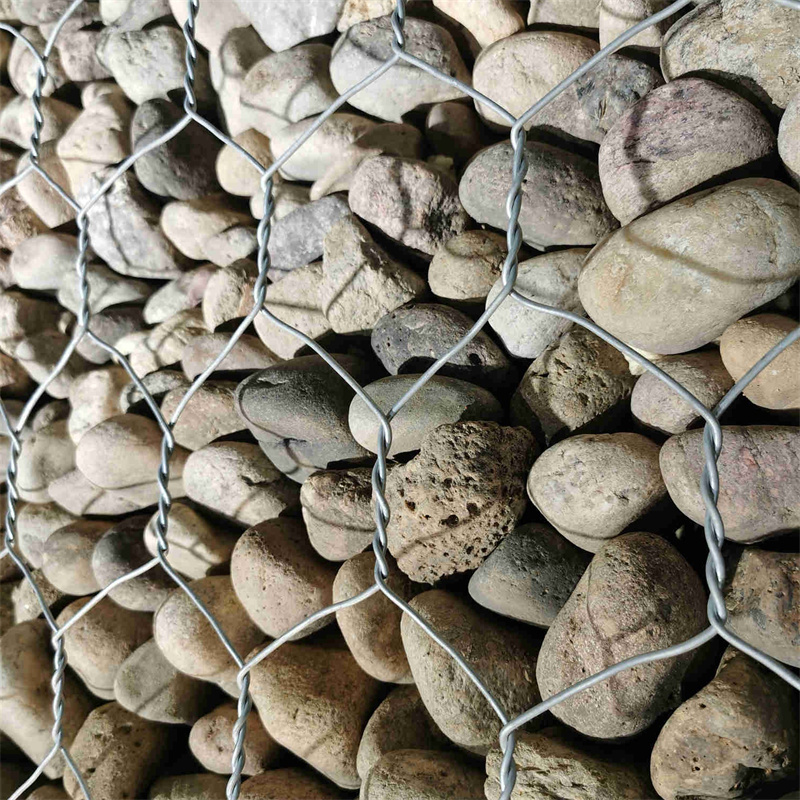Th10 . 15, 2024 17:27 Back to list
Creative Uses of Gabion Circles in Landscape Design and Architecture
The Beauty and Utility of Gabion Circles A Seamless Blend of Nature and Engineering
In the realm of landscape architecture and civil engineering, the innovative use of gabion structures has gained significant popularity. Gabions, typically made of wire mesh filled with stones, are not only functional but also add an aesthetic appeal to various outdoor environments. Among the myriad of designs that can be implemented, the gabion circle stands out as a unique and versatile feature that beautifully marries form and function.
Understanding Gabions
Gabions have been used for centuries, primarily for erosion control, flood protection, and soil stabilization. Traditionally, these structures consist of sturdy wire cages filled with natural materials, especially rocks. Their porous nature allows for effective drainage while preventing soil erosion. As engineering materials evolve, the applications of gabions have expanded, making them a go-to solution for modern-day landscaping and environmental management.
The Gabion Circle Design and Functionality
The gabion circle is defined by its circular shape, which can serve multiple purposes. From seating areas and fire pits to landscape features and garden borders, the possibilities are endless. One significant advantage of the circular design is its ability to create a natural flow within a space, promoting interaction among individuals and enhancing the overall aesthetic of a landscape.
One of the most compelling applications of gabion circles is in public spaces, parks, and recreational areas. These circles can be crafted into sitting areas or performance spaces, encouraging community interaction and gatherings. The stones used can vary in color, size, and texture, providing a canvas for artistic expression while maintaining structural integrity.
Environmental Benefits
gabion circle

In addition to their aesthetic appeal, gabion circles offer invaluable environmental benefits. Their design promotes biodiversity by facilitating natural habitats for various species, including plants, birds, and insects. The use of locally sourced stone reduces the carbon footprint associated with transporting materials, aligning with sustainable building practices.
Moreover, gabion circles can be integrated with native vegetation, creating green spaces that absorb CO2 and contribute to air quality. This synergy between stone and plant life fosters a thriving ecosystem that benefits both flora and fauna, encouraging responsible environmental stewardship.
Building Gabion Circles
The construction of a gabion circle is both straightforward and flexible. The first step involves selecting an appropriate site where the circle will be built. Consideration should be given to the landscape, soil composition, and drainage requirements. Following this, the wire cages are assembled into the desired circular shape, and stones are collected to fill them. It’s essential to use a mixture of different-sized rocks to ensure stability and aesthetic appeal.
One of the key aspects of building a gabion circle is the way the stones are arranged. An attractive, layered design not only provides visual interest but also enhances the structural integrity of the circle. The finished product is not just a functional element but a work of art that captures the spirit of the environment.
Conclusion
The gabion circle is a remarkable example of how functional engineering can be harmoniously integrated into natural landscapes. As we continue to explore sustainable practices and innovative designs, gabion circles provide an avenue for enhancing outdoor spaces while respecting the environment. With their ability to foster community interaction, promote biodiversity, and create beautiful settings, gabion circles are an exciting facet of modern landscape architecture that speaks to our innate desire to connect with nature. Whether in urban parks, beach fronts, or secluded gardens, these structures offer a unique opportunity to appreciate the union of man-made creativity and natural beauty.
-
The Role of Galvanized Gabion Mesh in Riverbank Protection
NewsJun.26,2025
-
The Role of Gabion Basket Raised Bed in Sustainable Gardening
NewsJun.26,2025
-
Quality Assurance of Wire Mesh Gabion Baskets
NewsJun.26,2025
-
Installation Guide for Welded Gabion Box
NewsJun.26,2025
-
How to Choose the Right Gabion Box
NewsJun.26,2025
-
Different Types of Gabion Wire Mesh
NewsJun.26,2025
-
Why PVC Coated Gabion Mattress Is the Best Solution for Long-Term Erosion Control
NewsMay.23,2025






